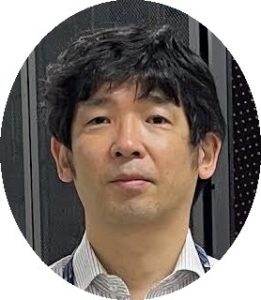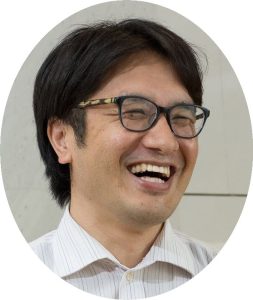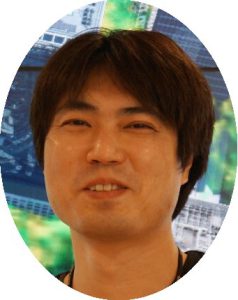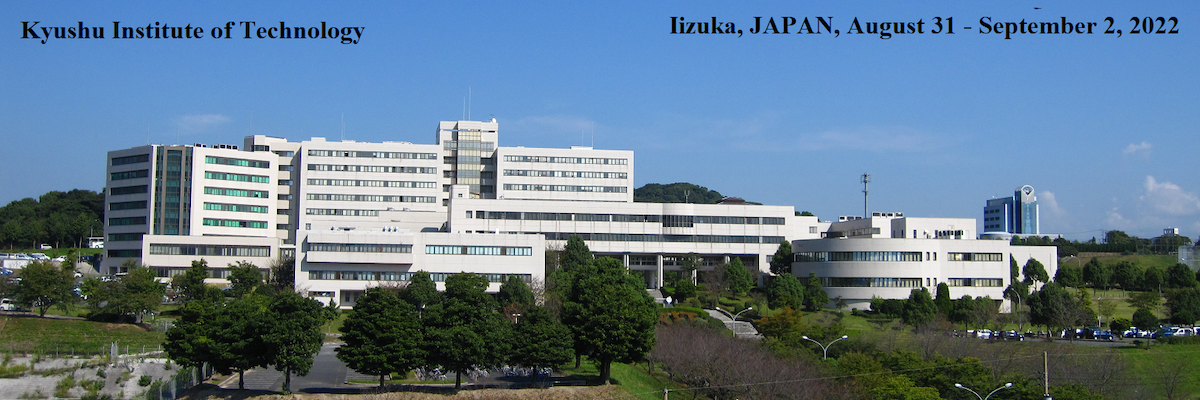Plenary Talk
Presenter:
Prof. Toshihiro Hanawa
Information Technology Center, The University of Tokyo

Title:
Smart Supercomputing by Integration of Simulation, Data, and Learning
Abstract:
Traditionally, supercomputers have been used for Computational Science and Engineering (CSE) simulations. For future supercomputing, we should consider integrating data analysis and machine learning to leverage knowledge in a smarter way than just traditional simulation.
This talk will introduce our activities toward “smart supercomputing,” including Wisteria/BDEC-01 in the Information Technology Center, the University of Tokyo, and the “mdx” data platform under the joint operation with nine national universities and two national research institutes in Japan.
Biography:
Toshihiro Hanawa received his M.E. degree and his Ph.D. degree in computer science from Keio University in 1995 and 1998. He was an assistant professor at Tokyo University of Technology, Japan, from 1998 to 2007, a research fellow at Center for Computational Sciences (CCS), University of Tsukuba, from 2007 to 2008, and an associate professor of CCS from 2008 to 2013. He was a project associate professor at Information Technology Center, The University of Tokyo, from 2013 to 2015 and an associate professor from 2015 to 2020. Since Dec. 2020, he has been a professor at the Information Technology Center, The University of Tokyo.
He is also the division leader of the Operations Support Division in JCAHPC (Joint Center for Advanced High-Performance Computing), a joint organization by the University of Tsukuba and the University of Tokyo to operate the Oakforest-PACS supercomputer system. He leads the design of the next Oakforest-PACS II system.
His research interests include computer architecture, interconnection networks, and acceleration using GPU and FPGA.
Invited Talk
Presenter:
Prof. Mitsuteru Asai
Department of Civil and Structural Engineering, Faculty of Engineering, Kyushu University

Title:
Multi-scale and -physics particle simulations for natural hazard
Abstract:
Particle methods such as the SPH and MPS methods can compute more efficiently problems involving large deformation, splitting, and coupling of the object of interest than mesh-based methods such as the finite element methods. For example, when applied to the design of disaster prevention and countermeasures, free-surface flow problems in complex geometries, such as tsunami runup and flooding in heavy rain disaster, can be easily solved, and even multi-scale and -physics phenomena involving the failure of solids, such as seepage collapse and scouring of breakwaters and seawalls. This talk will share the recent progress on the multi-physics particle simulation related to natural disaster issues.
Biography:
Mitsuteru Asai received the M.E. and Dr. Eng. degrees from Tohoku University in 2000 and 2003. After working at the Ohio State University as a postdoctoral fellow, he became an Asistant Professor at Ritsumeikan University in 2005. Since 2007, he has been an Associate Professor in the Department of Civil Engineering, Kyushu University. His research area is computational mechanics, computational science, and VR/AR related to natural disaster issues.
Tutorial Talk
Presenter:
Dr. Shintaro Kawahara
Research Institute for Value-Added-Information Generation (VAiG), Japan Agency for Marine-Earth Science and Technology (JAMSTEC)

Title:
VisAssets: A Visualization Framework for Unity
Abstract:
This tutorial introduces the procedure for developing visualization applications using VisAssets, a framework that runs on the Unity game engine. VisAssets provides the elements that constitute a general visualization flow as module icons and visualization applications with GUI can be built by simply connecting them appropriately on Unity Editor. This tutorial will show you examples of building applications to visualize scalar and vector field data using VisAssets.
VisAssets can download from the following URL.
https://github.com/kawaharas/VisAssets
Biography:
Shintaro Kawahara received Dr. Eng. from Ibaraki University in 2001. After working as a flexible researcher at the Ibaraki Prefectural Industrial Technology Center and as an assistant at the Information Processing Center of Ibaraki University, he joined the Japan Agency for Marine-Earth Science and Technology (JAMSTEC) in 2003. He belonged to the Earth Simulator Center and was engaged in research on visualization of large-scale simulation data and observation data. He is also involved in the dissemination of visualization software that he has developed.
